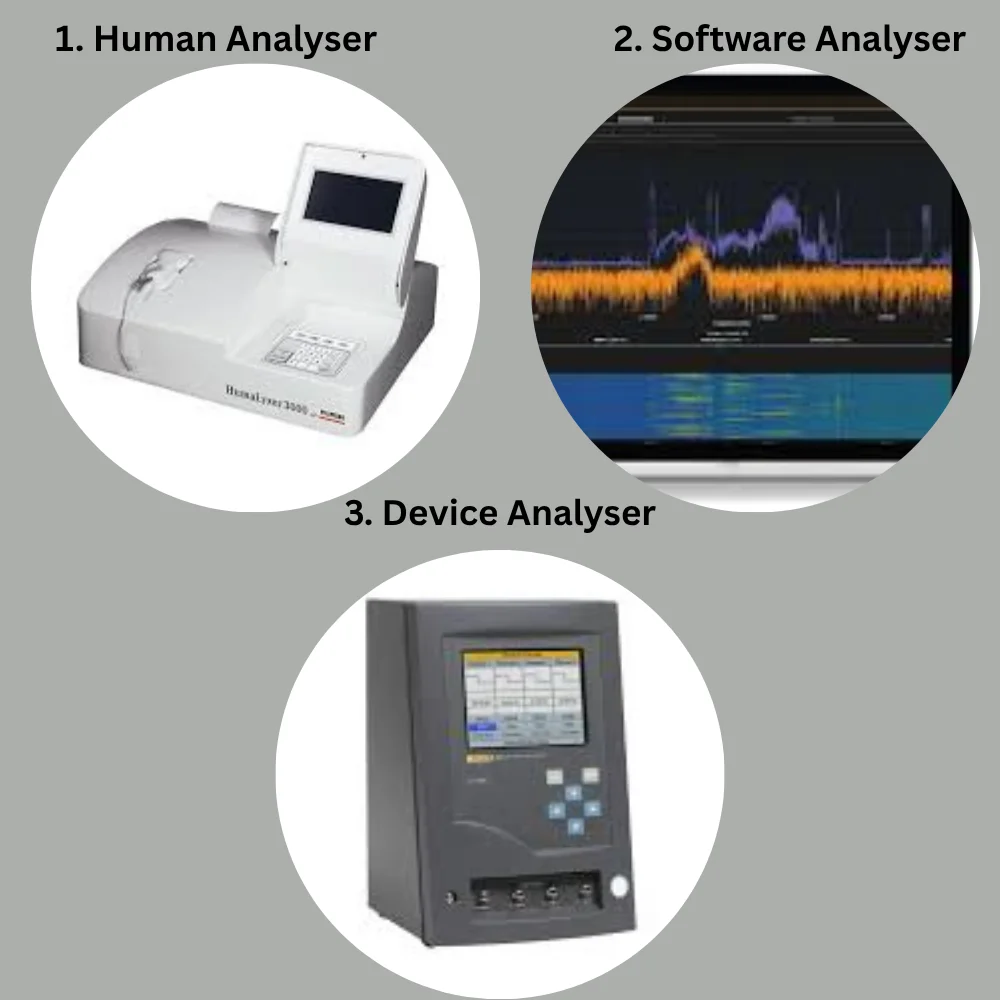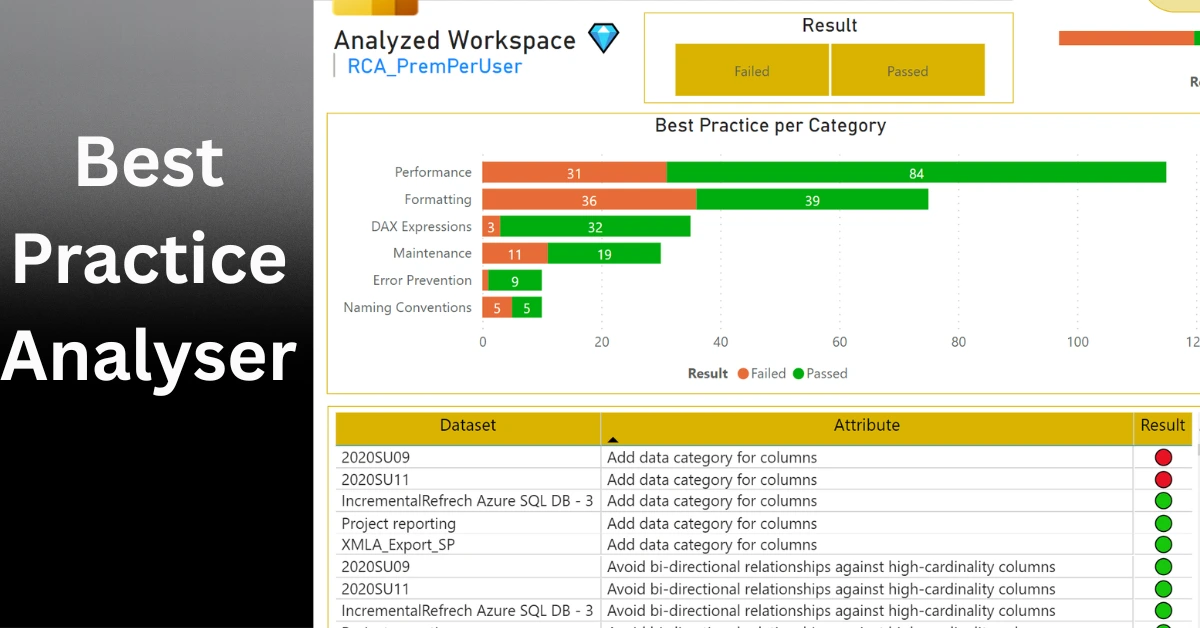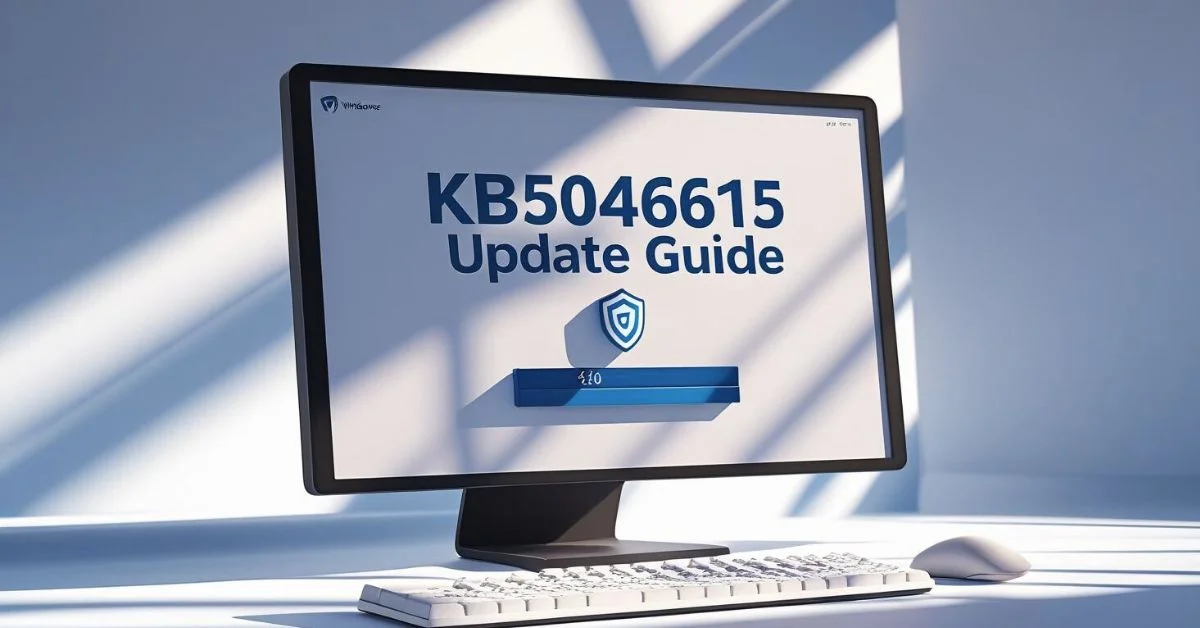In today’s fast moving world, whether you’re managing a business, working on a project or learning a new skill and also doing things the best way possible matters a lot. That’s where a Best Practice Analyser comes in. It helps you see if you’re working efficiently, safely, and smartly. Anyone can understand it, no advanced tech skills or business knowledge required. This guide explains everything in plain words so anyone can get started.
What is a Best Practice Analyser?
A Best Practice Analyser (BPA) is a tool or method used to check how well you’re following proven and recommended ways of doing a task. Anyone can understand it that no advanced technical skills or business expertise needed.
What you’re doing right.
- What needs improvement
- What could be risky or outdated
These analysers are used in many areas like technology, business, health, education, and even daily routines. For example, in IT, a BPA checks software configurations. In business, it might review how a team communicates or handles customer service.
Common Features
A helpful analyser should be:
- Easy to Use: Simple interface, clear steps
- Clear Reports: Easy to read feedback or scorecards
- Up-to-date: Uses latest standards or practices
- Customizable: Works with your goals or setup
- Action-Focused: Gives clear next steps
Some tools even provide visuals like graphs or risk meters to make the data easier to understand.
Types of Analysers

There are such types of analysers like:
1. Human Analyser
A person who examines and interprets information.
Example: A business analyst checks company data to improve profits.
2. Software Analyser
A program that checks code, systems, or websites.
Example: Google PageSpeed Insights analyses a website’s speed and gives improvement tips.
3. Machine or Device Analyser
A physical tool that tests samples or materials.
Example: A gas analyser measures air quality or pollution levels.
Why Does Best Practice Matter?
Best practices are simply the most effective ways to get results. They are based on real experience and what’s worked well in the past. Using a best practice analyser helps you:
- Save time
- Avoid mistakes
- Improve quality
- Make safer decisions
- Learn faster
Without best practices, we might keep making the same mistakes or waste effort doing things the hard way.
Working of Best Practice Analyser
Most analysers work in a step by step process. Here’s a simple example of how it works:
- Scan or Review: The analyser checks your current process or system.
- Compare: It compares your approach to known best practices.
- Report: It shows areas where you’re doing great and points out things to fix.
- Suggest: It offers better ways or tips to help you improve.
Some analysers are automated especially in technical fields. Others are more manual like a checklist or scorecard used in business or education.
Where Can You Use a Best Practice Analyser?
You can use a BPA in almost any area where performance or quality matters. Here are some popular uses:
1. In IT and Software
-
- Checking system configurations
- Reviewing code quality
- Improving cybersecurity
2. In Business and Management
-
- Improving fitness routines
- Budgeting money smarter
- Creating better study habits
Benefits of Using a Best Practice Analyser
Using a BPA is like having an expert by your side. Here’s what you gain:
- Better Performance: You’ll work smarter, not harder
- Fewer Errors: Common mistakes get caught early
- Higher Confidence: You’ll know you’re on the right track
- Faster Results: You won’t waste time fixing avoidable problems
- Team Clarity: Everyone knows the best way to move forward
Common Mistakes to Avoid
Using a BPA (Business Practice Analyser) can be very effective, but it’s important to avoid some common pitfalls:
- Ignoring the insights: Running the analyser is just the first step make sure to act on the recommendations it provides.
- Not keeping it updated: Outdated settings or data can lead to misleading results, especially as tools and trends evolve.
- Relying on it too much: While BPA offers great guidance, human judgment and contextual understanding are still essential.
Tools That Include Best Practice Analysers
Here are a few types of tools that often include BPA features:
- Microsoft Best Practices Analyser: Checks server configurations
- Google Lighthouse: Analyser for website performance and SEO
- Project Management Tools: Some platforms like Asana or Monday offer workflow analysis
- Cybersecurity Suites: Show if your security settings are in line with industry best practices
Depending on your work or goals, you can find a BPA that fits your needs.
Final Thoughts
If you’re serious about improving what you do, whether it’s work, study, or a personal project then yes, a Best Practice Analyser is a smart move. It doesn’t do the work for you, but it shows you the best path forward. In today’s world, working smarter is more important than ever.
By following simple steps and taking regular feedback, you can make better decisions, avoid common errors, and achieve your goals faster. Whether you’re a student, team leader, freelancer or entrepreneur while using best practices is like having a secret advantage.



